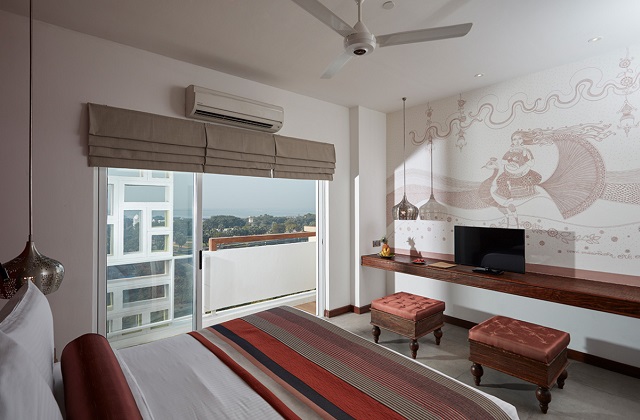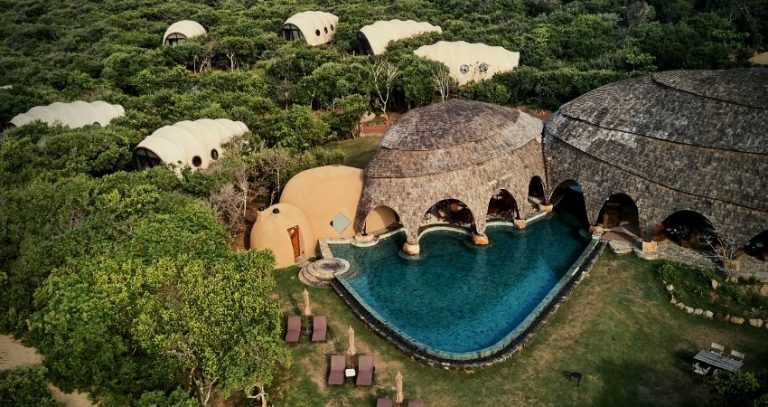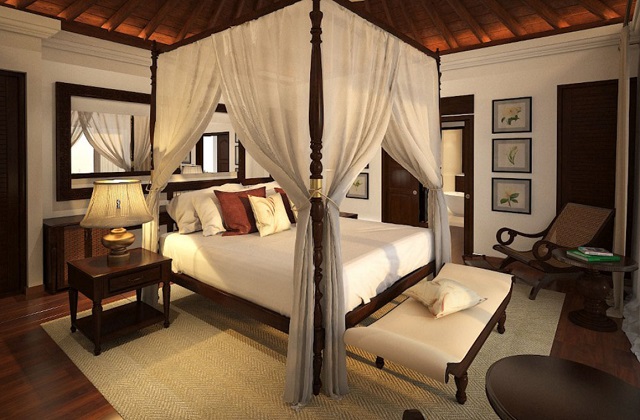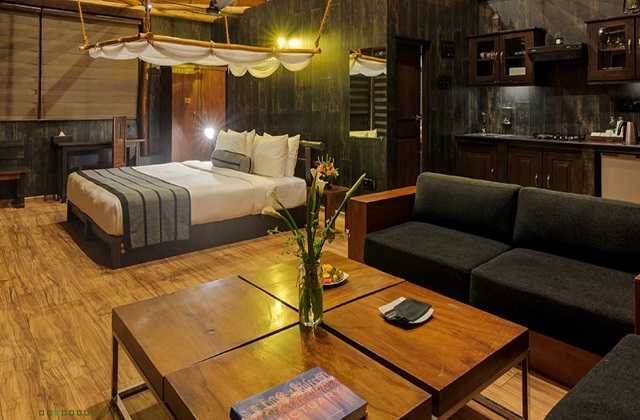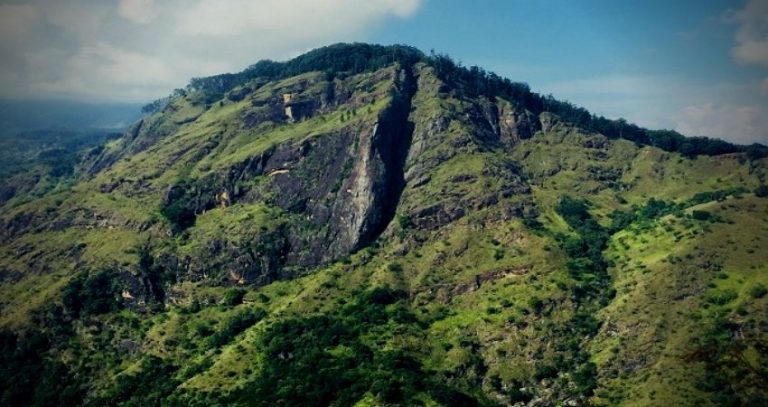Visit 8 Unesco World Heritage Sites In Sri Lanka
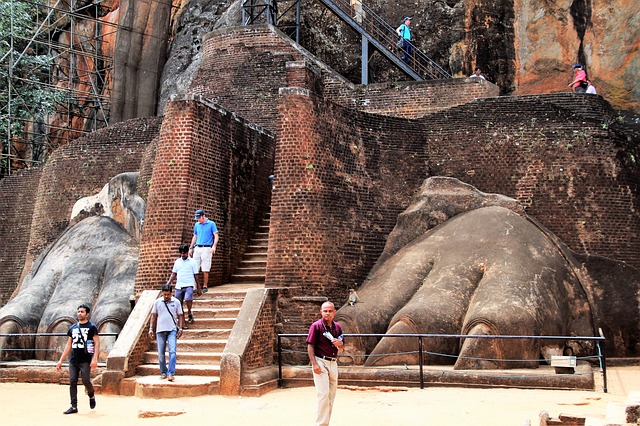
Sri Lanka is home to eight UNESCO World Heritage sites, each showcasing the country’s rich cultural and natural heritage. Here are the eight World Heritage sites in Sri Lanka:
Anuradhapura: This ancient city was the first capital of Sri Lanka and is renowned for its well-preserved ruins, including stupas, monasteries, and other structures that reflect the country’s early civilization.
Polonnaruwa: Another ancient city, Polonnaruwa served as the capital after Anuradhapura. It features impressive ruins, such as the Royal Palace Complex, Gal Vihara rock temple, and the Quadrangle, offering insights into the country’s medieval history.
Sigiriya: Known as the “Lion Rock,” Sigiriya is an iconic fortress and archaeological site. It features the remains of a palace complex built on top of a massive rock, surrounded by beautifully landscaped gardens and intricate frescoes.
Dambulla Cave Temple: Also known as the Golden Temple of Dambulla, this cave temple complex houses a stunning collection of Buddhist statues, murals, and artifacts within its five caves, carved into a rock outcrop.
Kandy: The city of Kandy is home to the Sacred City of Kandy, including the Temple of the Tooth Relic (Sri Dalada Maligawa). The temple houses the sacred tooth relic of Lord Buddha and is an important pilgrimage site for Buddhists.
Galle Fort: Located in the coastal city of Galle, the Galle Fort is a well-preserved 17th-century fortress built by the Portuguese and later expanded by the Dutch. It showcases European architectural influences and offers charming streets, shops, and restaurants within its walls.
Sinharaja Forest Reserve: This tropical rainforest is a biodiversity hotspot and one of the last remaining primary rainforests in Sri Lanka. It is home to a wide range of endemic flora and fauna, including rare species of birds, mammals, amphibians, and insects.
Central Highlands of Sri Lanka: This World Heritage site comprises several protected areas, including Horton Plains National Park and Peak Wilderness Sanctuary. It showcases the unique montane forests, cloud forests, and diverse ecosystems of the central highlands, as well as Sri Lanka’s highest peak, Mount Pidurutalagala.
These World Heritage sites in Sri Lanka represent the country’s rich history, architectural achievements, religious significance, and natural beauty. Exploring these sites provides visitors with a deep appreciation for the cultural and natural heritage of Sri Lanka.
Anuradhapura Heritage City
Polonnaruwa Heritage City
Dambulla Cave Temple
The Dambulla Cave Temple, also known as the Golden Temple of Dambulla, is a UNESCO World Heritage site located in the central part of Sri Lanka. It is one of the most significant and well-preserved cave temple complexes in the country, with a history dating back over 2,000 years.
The cave temple complex is situated on a massive rock outcrop, rising approximately 160 meters (520 feet) above the surrounding plains. It comprises five main caves, each filled with magnificent statues, vibrant murals, and religious artifacts.
The caves of the Dambulla Cave Temple are adorned with over 150 Buddha statues, ranging from small figures to giant sculptures. The largest and most impressive statue is the 14-meter (46-foot) reclining Buddha, which is the largest of its kind in Sri Lanka. The caves also house statues of other deities and ancient kings, adding to the historical and cultural significance of the site.
In addition to the statues, the cave walls and ceilings are adorned with intricate murals depicting various scenes from Buddhist mythology and the life of Lord Buddha. These colorful and detailed frescoes are considered masterpieces of ancient Sri Lankan art.
The significance of the Dambulla Cave Temple extends beyond its religious and artistic value. The site has served as a place of worship and pilgrimage for centuries and continues to be an active monastery. The caves have provided shelter for monks over the centuries, and the temple complex remains an important center for Buddhist practice and meditation.
Visiting the Dambulla Cave Temple offers a unique cultural and spiritual experience. Climbing the steps to reach the caves provides panoramic views of the surrounding countryside, and exploring the interior reveals the beauty and serenity of the ancient rock sanctuaries. The combination of religious significance, historical importance, and artistic beauty makes the Dambulla Cave Temple a must-visit destination in Sri Lanka.
It’s important to dress modestly and respectfully when visiting the temple, as it is a place of religious worship. Visitors are required to remove their shoes before entering the caves and should adhere to any guidelines and regulations set by the temple authorities to ensure the preservation of this sacred site.

